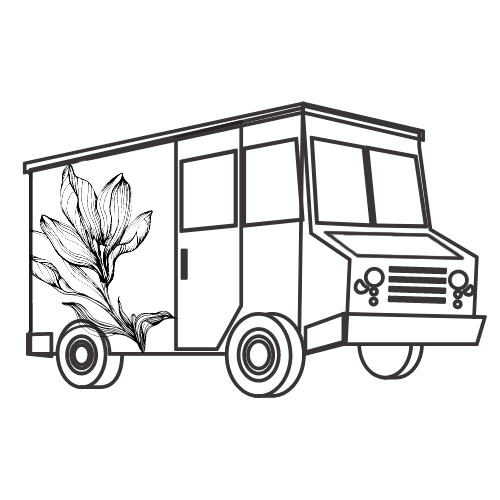
Southern Bayberry
Morella heterophylla
1 Gallon | Hardiness Zones 6-9
Native to the coastal regions of the southeastern United States, Morella heterophylla—commonly known as Southern Bayberry or Wax Myrtle—has a rich history rooted in tradition and utility. This hardy evergreen shrub has been prized for centuries not only for its resilience and year-round foliage but also for its unique ability to thrive in nutrient-poor soils thanks to its nitrogen-fixing roots.
One of its most fascinating historical uses comes from the waxy coating on its fruit, which was harvested by early American settlers to make candles, giving rise to its common name.
Much like its close relative, Morella cerifera (Northern Bayberry), Morella heterophylla produces small, dark berries covered in a waxy sheen that makes it stand out among native shrubs. While less showy than some flowering plants, its subtle beauty and utility have long been appreciated in coastal and wetland landscapes.
The plant’s adaptability to sandy soils, salt spray, and poor conditions make it a valuable addition to modern gardens, especially in areas where more delicate species struggle.
Its similarities to other nitrogen-fixing shrubs like Elaeagnus or Cytisus further highlight its role in enriching the soil and providing valuable habitat for wildlife. Morella heterophylla is also favored by birds, who feast on the berries in late fall and winter, offering a vital food source during colder months.
Pickup currently unavailable at Aiken Nursery
Schedule Delayed Shipping in your Cart
Plant Specs
- Zones: 6 - 9
- Sun: Full Sun and Part Shade
- Soil: Well-drained, Acid, Loam, Sandy, and Clay
- Height at Maturity: 6 - 8 Feet
- Spread at Maturity: 6 - 8 Feet
- Growth Rate: Fast
Evergreen
Flower/Foliage
Care Info
Here’s a closer look at how we produce our plants:
From rooting to shipping, our top priority is ensuring you receive healthy, thriving plants for your garden’s success.

The majority of our plants are carefully cultivated from rooted cuttings, while we also utilize propagation methods such as seed, air layering, and grafting, thoughtfully chosen to suit each plant’s unique needs.

Our plants are cultivated using sustainable practices, including organic soil blends and eco-friendly pest management, ensuring they thrive while minimizing environmental impact.

We are proud to contribute to local biodiversity through ongoing donations to the Aiken Arboretum and support for local wildlife conservation efforts, helping to preserve and enhance our community’s natural ecosystems.
Frequently Asked Questions
What to expect upon delivery
All our plants are sold in 1-gallon sizes, though the height of each plant can vary depending on its growth rate and seasonality, typically ranging from 1/2 to 2.5 feet.
Each plant is carefully packaged with its roots enclosed in a secure plastic bag containing moist soil, forming a compact root ball. To ensure safe transport, the box is padded with recycled newspaper, providing both stability and eco-friendly protection from weather during shipping.
What is your return policy?
Review our full return policy information on our SHIPPING AND RETURNS POLICY page.
What payment methods can I use?
We offer 35 different payment methods including major providers like Mastercard, Visa, PayPal, American Express and Diners as well as many different local payment methods including Klarna, iDEAL, AliPay, Sofort, giropay, and many more.
Can I make changes to my order after it’s been placed?
At Woodlanders, we strive to fulfill orders as quickly as possible. Therefore, we can only accommodate changes to your order within the first 24 hours after it has been placed. These changes include adding or removing products and modifying the delivery address. If you need to make any changes or if there has been a mistake with your order information, please reach out to us promptly via our CONTACT page with your order number for the quickest resolution.
Your satisfaction is our priority, and we appreciate your understanding and cooperation.


